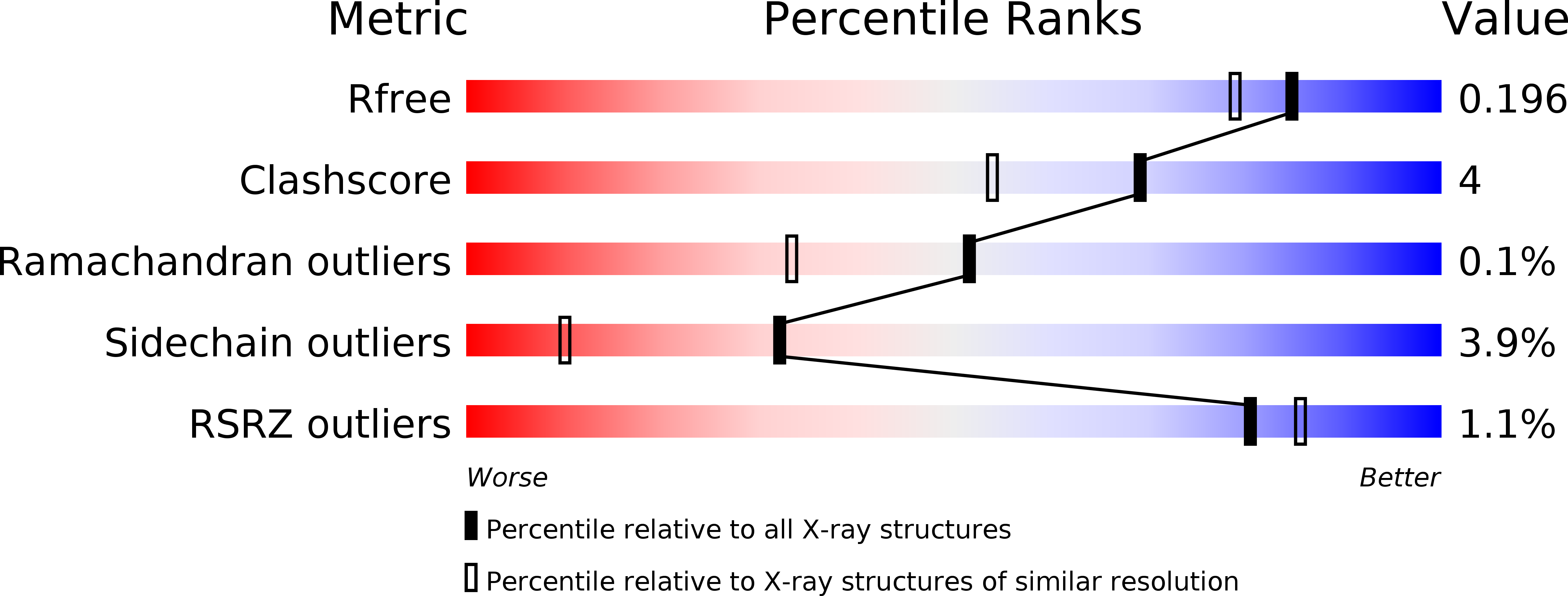
Deposition Date
2016-11-30
Release Date
2017-06-28
Last Version Date
2023-10-04
Entry Detail
PDB ID:
5U2N
Keywords:
Title:
Crystal structure of human NAMPT with A-1326133
Biological Source:
Source Organism:
Homo sapiens (Taxon ID: 9606)
Host Organism:
Method Details:
Experimental Method:
Resolution:
1.73 Å
R-Value Free:
0.19
R-Value Work:
0.16
R-Value Observed:
0.16
Space Group:
P 1 21 1


